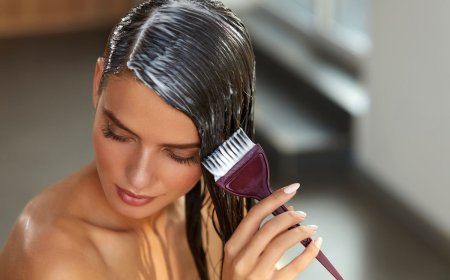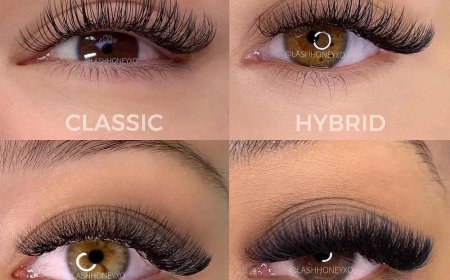Using Shampoo as Body Wash: Is It Safe or a Bad Idea?
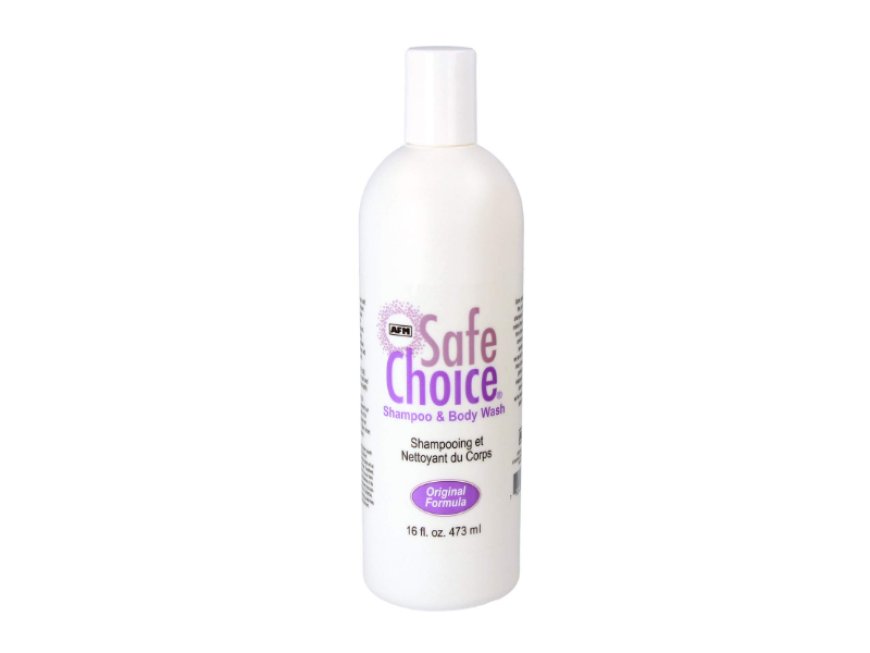
In the realm of personal care, one question frequently arises: is it safe to use shampoo as a body wash? This inquiry invites a broader discourse surrounding the intended uses, formulations, and potential health implications associated with various cleansing agents. Both shampoo and body wash serve a similar purpose of cleansing, yet their formulations and intended applications are often divergent. Thus, an exploration into their constituents, efficacy, and safety is warranted.
Shampoo and body washes lie at the intersection of hygiene and personal care; however, the nuances between the two extend beyond mere marketing strategies. Understanding these differences requires an examination of their ingredients, the potential impact on the skin, and the implications of their interchangeable use.
In order to navigate this topic, it is essential to explore the composition of shampoo and body wash, assess their dermatological appropriateness, and analyze anecdotal and scientific perspectives on the implications of using one in place of the other.
Understanding the Composition of Hair Care and Body Cleansing Products
Shampoo is primarily formulated to cleanse the scalp and hair. Its ability to remove oils, dirt, and product buildup is centralized around surfactants—molecules that reduce surface tension and facilitate the removal of impurities through emulsification. Common surfactants in shampoos include Sodium Laurel Sulfate (SLS) and Cocamidopropyl Betaine. These agents are effective at generating a rich lather, an aspect culturally associated with thorough cleansing. Specifically designed for hair, shampoos can include additional conditioning agents, such as silicones and polyquaterniums, which can weigh hair down and make it appear shinier.
On the contrary, body washes or shower gels are formulated with an emphasis on skin hydration and overall skin health. They often incorporate gentler surfactants, such as Sodium Cocoyl Isethionate or Decyl Glucoside, which are less aggressive in action compared to those found in shampoos. Emollients and moisturizers—such as glycerin, natural oils, or botanical extracts—are also prevalent in body washes, enhancing skin moisture retention and ensuring a softer finish post-cleansing.
Contrasting Objectives: Hair vs. Skin Care
The physiological differences between scalp and skin serve as a primary rationale against the indiscriminate use of shampoo as body wash. The scalp is densely populated with hair follicles, oil glands, and a thicker epidermal layer, resulting in unique cleansing requirements. In contrast, the skin of the body varies in thickness and can be subject to a corneocyte layer that plays a crucial role in barrier function.
For individuals with sensitive skin, the rigorous cleansing action of certain shampoos may provoke irritative dermatitis, exacerbate pre-existing skin conditions, or lead to a disrupted skin barrier. Ingredients such as SLS—common in many shampoos—can be excessively stripping. In contrast, when using a body wash, the goal is more focused on removing impurities without completely stripping the skin of its natural oils.
A significant concern among dermatologists is the pH balance of both hair and skin. Most shampoos are formulated with a pH range of 4.5 to 5.5, optimal for hair health but potentially too acidic for skin. Regularly employing shampoo as a body wash may lead to an altered skin microbiome or sensitivity in those predisposed to atopic conditions.
Safety and Efficacy: Anecdotal Evidence vs. Scientific Insights
Numerous personal testimonials point to a successful experience using shampoo as body wash, often highlighting convenience or cost-effectiveness. However, these subjective accounts do not substitute for rigorous scientific evaluation. Clinical reflections on the cross-usage of these products assert the necessity for further studies to elucidate any long-term dermatological consequences.
Research indicates that some shampoos, particularly those infused with natural or organic ingredients, may be less harmful when used occasionally on the body. However, these products still carry the risk of causing irritation or allergic reactions due to their concentrated formula and the presence of fragrances or preservatives.
Additionally, the issue of product formulation identity arises. Many brands are now producing two-in-one products that function both as shampoo and body wash, aimed at the market seeking multipurpose conveniences. These systems are engineered to mitigate the adverse effects associated with a one-size-fits-all approach, but users are still advised to scrutinize ingredient labels to ensure skin compatibility.
Alternative Approaches: The Rise of Multi-Tasking Products
The industry’s shift towards multi-tasking products reflects the modern consumer’s inclination for efficiency. Body washes integrated with light conditioning agents are gaining traction, and similarly, shampoos that incorporate moisturizing elements are becoming prevalent. While these formulations offer solutions to the questions of efficacy and safety, they are necessarily cautious to ensure they cater to the unique needs of both hair and skin.
For individuals considering the use of shampoo in lieu of body wash, several variables necessitate consideration: skin type, occurrence of allergic responses, and individual preferences regarding fragrances. Individuals with oily skin might not experience as adverse effects from a shampoo body wash substitution, while those with dry, eczema-prone skin may encounter exacerbations of their condition.
The Experimental Approach: Listening to One’s Body
Engaging in experiential learning is vital for determining personal effectiveness in using shampoo as a body wash. Consumers should monitor their skin’s response upon initial engagement, documenting any negative reactions. Additionally, patch tests of new products can serve as a prudent step to avoid widespread reactions. When in doubt, consulting with dermatological professionals offers an invaluable perspective on individual skin health.
Conclusion: Personal Judgments and Future Considerations
The inquiry surrounding the safety and appropriateness of using shampoo as body wash branches into a multitude of considerations ranging from individual skin biology to product formulation. While some may advocate for versatility in cleansing products, potential risks—particularly for individuals with specific skin conditions—highlight the importance of maintaining a judicious approach to personal care. The ongoing development of multi-functional products may provide a viable alternative, balancing convenience with the necessity of maintaining skin health. Ultimately, informed choices aligned with one’s unique skin needs will prevail in determining the most suitable cleansing regimen.
What's Your Reaction?
 Like
0
Like
0
 Dislike
0
Dislike
0
 Love
0
Love
0
 Funny
0
Funny
0
 Angry
0
Angry
0
 Sad
0
Sad
0
 Wow
0
Wow
0

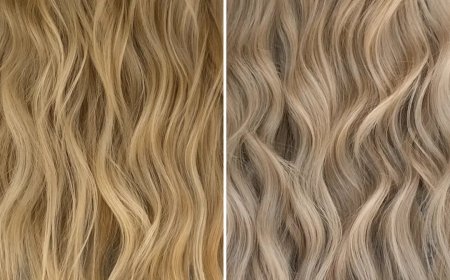
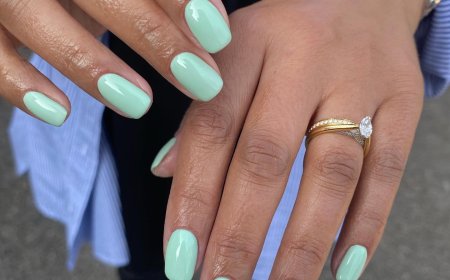





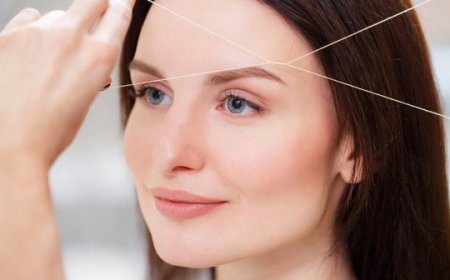
:max_bytes(150000):strip_icc()/drugstore-retinol-creams-tout-f76b9d2796e34eaa8376801c83fb1888.jpg)
